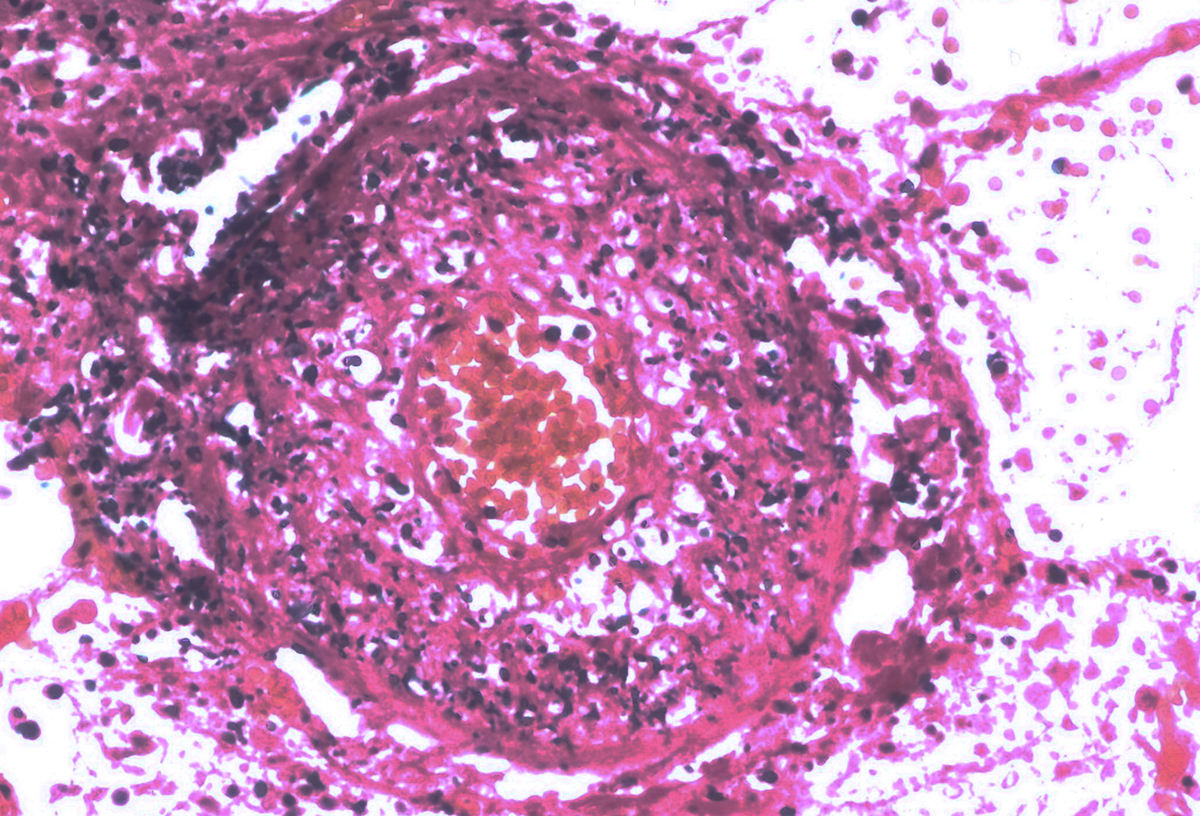
Septic shock is a medical condition featured by a significant drop of the blood pressure so that it is the life-threatening, and it may occur in any part of the body.
Symptoms of septic shock
Septic shock is a condition that has its characteristic symptoms, which tend to appear almost immediately. The most common warning signs of sepsis are rapid heart rate and fast breathing, as well as fever or chills. However, when these symptoms aggravate and become severe, they are the symptoms of septic shock, which is, by the way, severe sepsis. The most frequent symptoms of septic shock are a considerable decrease in urine output and skin rash, or flushed and bleeding skin. Furthermore, people who get septic shock may experience confusion and dizziness because of the low blood pressure. One of the signs of this condition is also diarrhea.
Causes of septic shock
In the majority of cases, septic shock is caused by germs that somehow penetrate into the body. Our immune system then starts the fight against the germs producing many chemicals and the inflammation then spreads to the whole body. Blood clots are formed all over the body and in this stage, the body is not capable to eliminate the unneeded blood clots, which further causes septic shock.
Another cause of occurrence of septic shock is many blood clots in the body. Blood clots prevent normal blood circulation and the blood carrying oxygen cannot reach many parts of the body in the sufficient amounts. As a consequence, a sudden drop in the blood pressure occurs and leads to the septic shock.
The third reason that is responsible for the incidence of septic shock is low blood pressure. When one has low blood pressure, the brain does not receive enough oxygen and confusion and dizziness usually occur, but untreated hypotension may lead to the septic shock.
Once the low blood pressure occurs, the body automatically reduces every other activity, such as urination and maintaining the body temperature. If the condition is still present, then the body fails and septic shock occurs.
Treatment of septic shock
When the first symptoms of this condition are noticed, it is extremely important to seek medical help. It must be treated immediately because the septic shock is fatal in even one half of the cases. First of all, the patient needs to be hospitalized. In the first stage of the treatment, the patient receives fluid replacement and certain antibiotics. Other alternatives include chemotherapy and external transfusion of platelets or plasma.


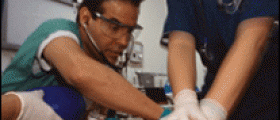
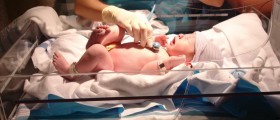
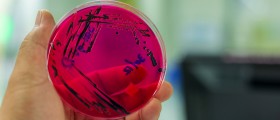
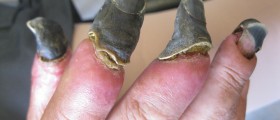
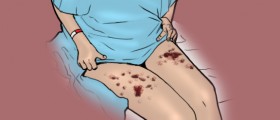


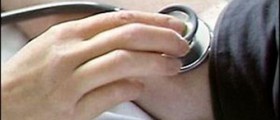







Your thoughts on this
Loading...